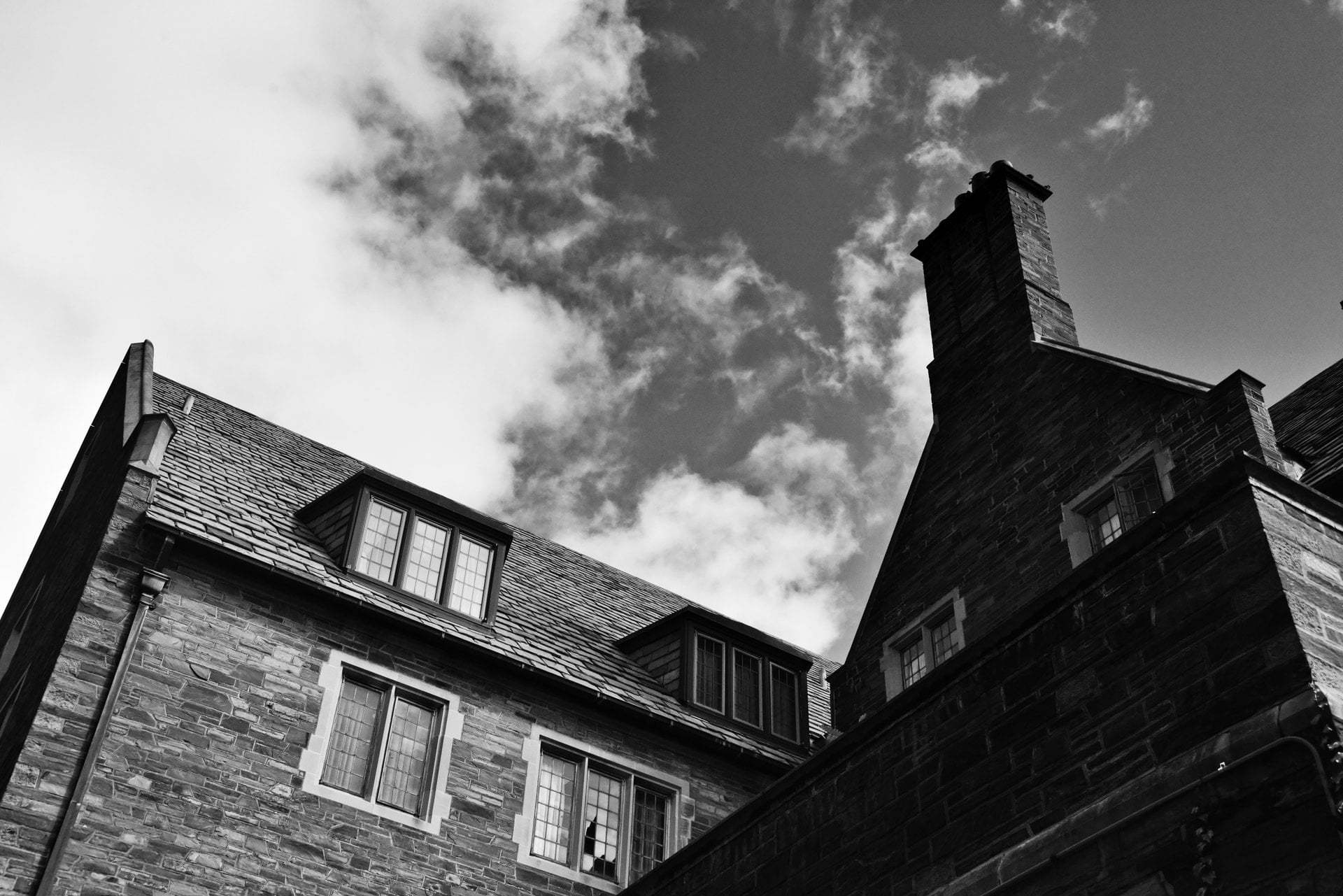Level 1, 2 & 3 Chimney Inspections

Even if you only use your hearth every so often, we advise that you have a professional look at all venting systems, chimneys, stove systems, and furnace flues to keep you and your family safe. The Chimney Safety Institute of America—and plenty of other fire safety experts—also recommends annual chimney inspections. And if you’re looking to buy or sell a home, you’ll find that a chimney inspection is worth every penny and then some.
Did you know?
For a long time the chimney industry was dogged by allegations of fraud, as customers accused sweeps of only pretending to clean their chimneys or of inventing problems. The allegations arose in part because homeowners can’t generally see inside their chimneys and had to take a sweep’s word that he’d done what he was charging for and not scamming them. Luckily for both homeowners and the chimney industry, in 2000 the National Fire Protection Association adopted three levels of chimney inspection into code NFPA 211 (Standard for Chimneys, Fireplaces, Vents and Solid Fuel Burning Appliances). This code removes inconsistencies in the way that chimney technicians across the country sweep chimneys, and it gives homeowners a way to see inside their chimneys with video scanning.
Chimney inspections are now clearly defined as Level 1, Level 2, or Level 3. If you are considering hiring a chimney sweep who doesn’t abide by NFPA code, then you should reconsider.
How Do I Know If My Chimney Needs To Be Inspected?
- You can’t remember the last time, if ever, that your chimney was inspected.
- There’s creosote build-up on your damper or any other part of your chimney that’s at least a quarter of an inch thick.
- You open your damper and soot tumbles down.
- There’s a strong odor coming from your fireplace or chimney.
- You have just moved into a new (or new to you) house.
The 3 Levels Of Chimney Inspection
Here’s an explanation of the three levels and of what services a chimney sweep technician will provide for each level as defined by the NFPA 211:
- Level 1 Inspections: The most basic type of chimney inspection, a Level 1 inspection is suggested if you haven’t changed anything about your appliance or the way you use it, and if you’ve been sticking to an annual sweeping schedule. A certified chimney technician will examine the readily-accessible parts of your chimney, inside and out, and will check to make sure your chimney doesn’t have any blockages or combustible deposits and that your chimney and flue are of sound structure and installed and connected correctly.
- Level 2 Inspections: These are the inspections that we recommend most commonly. Using Chim-Scan video scanning, Level 2 inspections are required when you make any kind of change to your heating appliance. For instance, if you change your fuel type or have the chimney relined or you add a different type of appliance with a different input rating or efficiency. These are also recommended upon the sale or transfer of a property or after an operation malfunction, fire, or weather event. This inspection comprises everything in a Level 1 inspection, in addition to portions of the attics, crawl spaces, and basements. You can also count on this inspection to address proper clearances from combustibles in accessible locations.
- Level 3 Inspections: This is the inspection that’s recommended when serious hazards are suspected. It requires the removal of parts of the building or chimney to gain access where necessary.
Source: Ace Chimney Sweeps


I appreciate you presenting this information, too many people do not realize the importance of regular chimney inspection and maintenance.